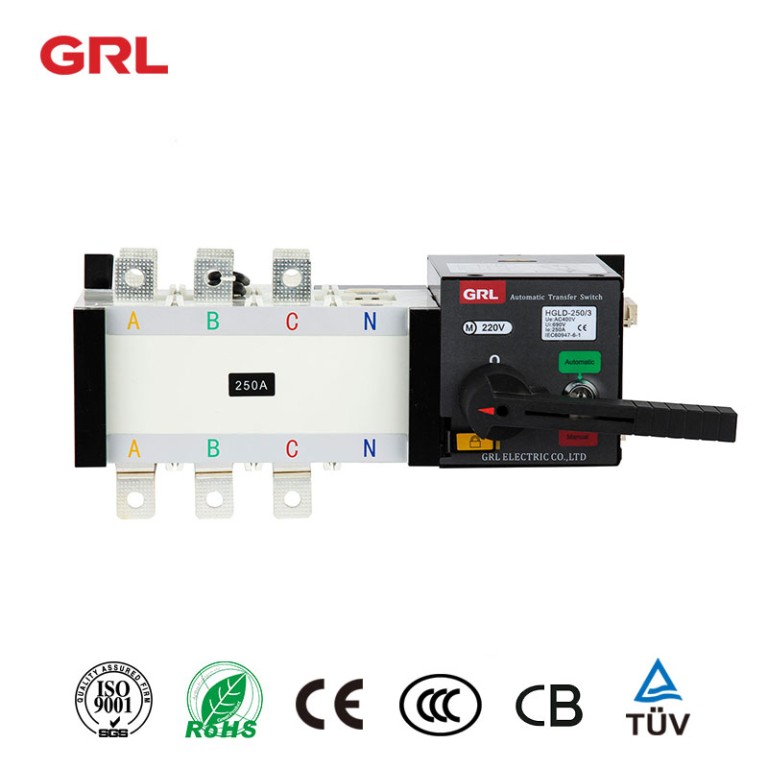
# Automatic Transfer Switch: Ensuring Uninterrupted Power Supply
## What is an Automatic Transfer Switch?
An Automatic Transfer Switch (ATS) is a critical component in backup power systems that automatically transfers electrical load from the primary power source to a secondary (backup) power source when the primary source fails. This seamless transition ensures continuous power supply to essential equipment and systems.
## How Does an Automatic Transfer Switch Work?
The operation of an ATS can be broken down into several key steps:
- Continuous monitoring of the primary power source
- Detection of power failure or voltage irregularities
- Automatic disconnection from the primary source
- Initiation of the backup generator (if applicable)
- Transfer of electrical load to the backup source
- Monitoring for restoration of primary power
- Automatic retransfer to primary power when stable
## Types of Automatic Transfer Switches
1. Open Transition ATS
Also known as “break-before-make” switches, these create a momentary power interruption during transfer, typically less than 1 second.
Keyword: Transfer Switch
2. Closed Transition ATS
These “make-before-break” switches synchronize the sources before transfer, eliminating any power interruption.
3. Delayed Transition ATS
Designed for loads that can’t tolerate momentary paralleling of sources, these introduce a programmed delay between disconnection and reconnection.
## Key Features of Modern ATS Systems
- Programmable time delays for engine starting and transfer
- Voltage and frequency sensing capabilities
- Built-in exercise timers for generator maintenance
- Remote monitoring and control options
- Load shedding capabilities for critical prioritization
## Applications of Automatic Transfer Switches
ATS systems are essential in numerous settings where power continuity is crucial:
- Hospitals and healthcare facilities
- Data centers and telecommunications
- Industrial manufacturing plants
- Commercial buildings
- Emergency services and public safety facilities
## Choosing the Right ATS for Your Needs
When selecting an automatic transfer switch, consider these factors:
- Electrical load requirements
- Transfer time specifications
- Number of poles needed
- Environmental conditions
- Future expansion possibilities
- Compliance with local electrical codes
## Maintenance and Testing
Regular Maintenance
To ensure reliable operation, ATS units require periodic maintenance including contact inspection, lubrication of moving parts, and electrical testing.
Testing Procedures
Regular testing should include:
- Manual transfer tests
- Automatic transfer simulations
- Voltage and frequency sensing verification
- Load bank testing for complete system validation
## Conclusion
Automatic Transfer Switches play a vital role in maintaining power continuity for critical operations. By understanding their operation, types, and maintenance requirements, facility managers can ensure reliable backup power when it’s needed most. Whether for life safety systems, data protection, or industrial processes, investing in the right ATS solution provides peace of mind and operational resilience.
Comments are closed